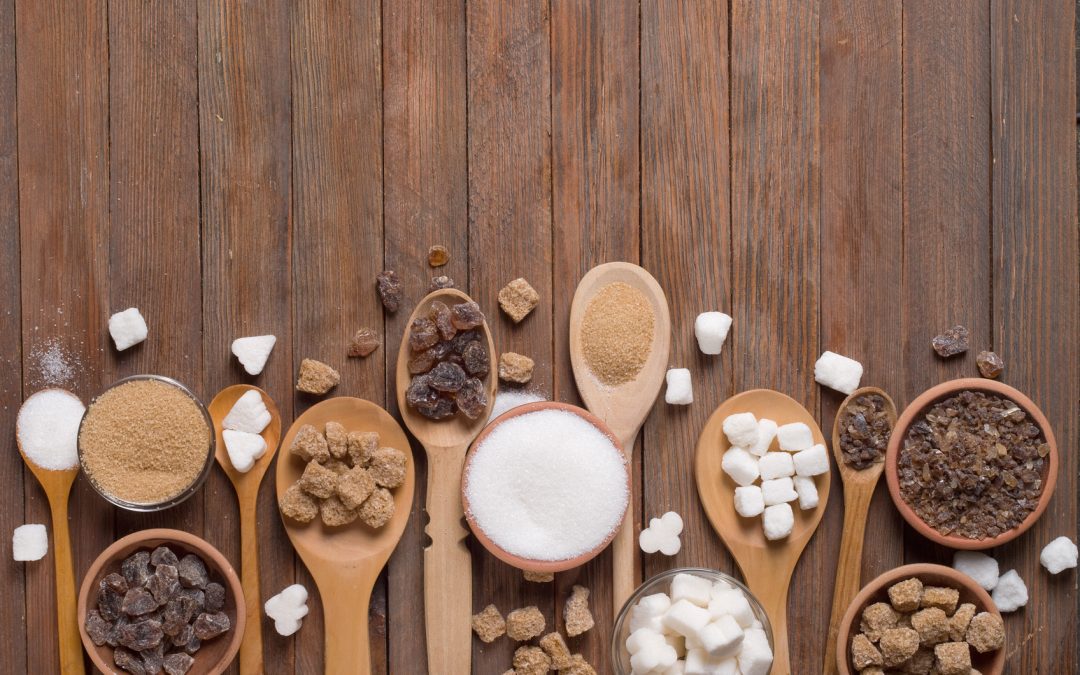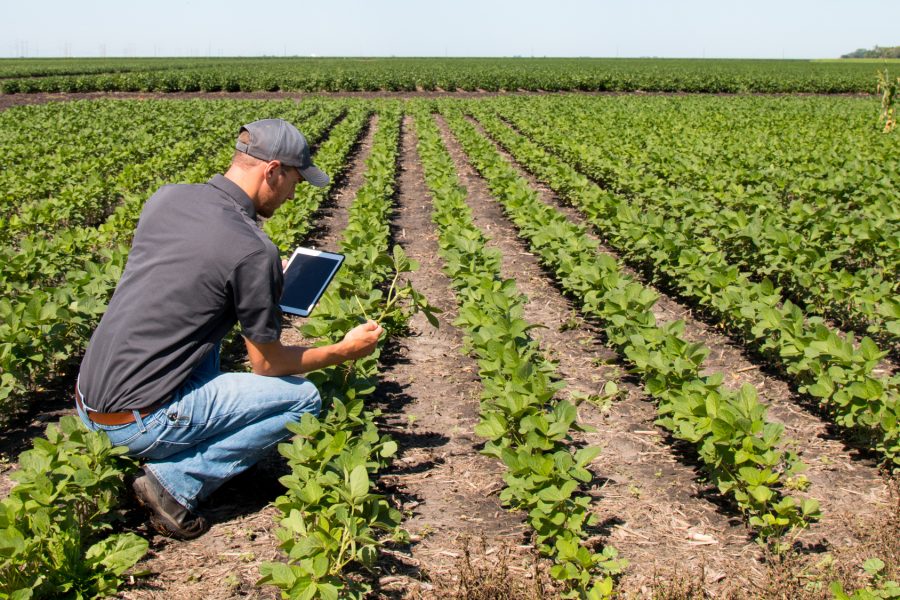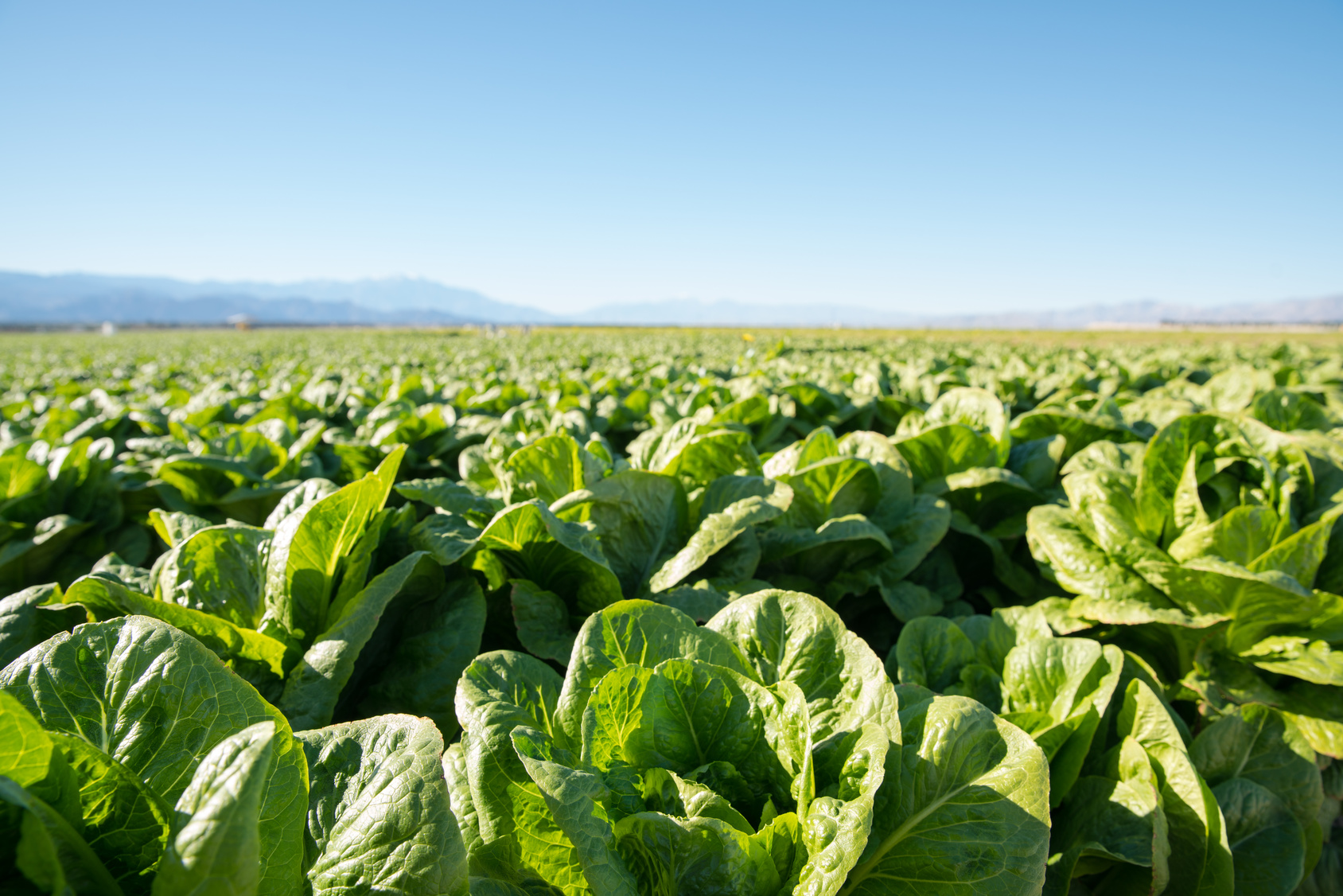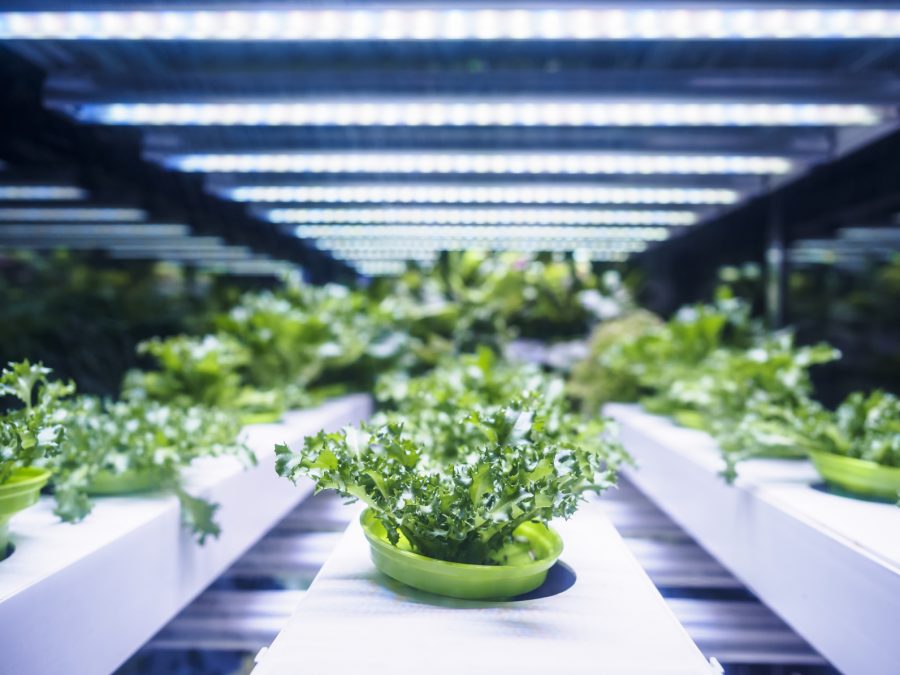The modern world has a serious problem with sugar.
As of 2015, the average American consumes more than 129 pounds of sugar each year, according to the USDA, more than double what we ate two generations ago. And, unlike in previous decades when most sweeteners came from cane and beet sugars, today the vast majority are derived from high-fructose corn syrup, which brings with it unique new health risks.
It’s in nearly everything that we eat, not just sweets. Nearly 75% of all packaged foods and beverages in the U.S. contain some form of sweetener, according to a recent study in The Lancet journal of diabetes and endocrinology, making it a more than $100 billion market. Every time we eat a doughnut, drink a diet soda or pour a jar of pasta sauce over our linguine, we’re increasing the sugar in our diet, adding up to almost three times the recommended daily amount on average.
This massive increase in consumption has created an epidemic of diabetes and related diseases, which are caused by dietary factors.
Sugar has been called a “major contributor” to several health problems that plague populations in America, Canada, Mexico, and elsewhere, including obesity, Type-2 diabetes, and heart disease. More than 84 million Americans — 1 in 3 U.S. adults — today can be classified as having “pre-diabetes,” where blood sugar levels are elevated above normal, while another 30 million Americans suffer from Type 2 diabetes. (And 25% of them don’t even know it.) More than 20,000 U.S. youth under the age of 20 had Type 2 diabetes in 2009, with more than 5,000 new cases in this group being diagnosed every year, according to the Centers for Disease Control.
High blood sugar associated with these conditions can cause a range of serious health problems, including heart disease, vision loss, amputation, kidney disease and more.
In a world where sugar is cheap, accessible and plentiful, diseases such as diabetes and obesity have exploded into full-blown epidemics, accounting for 10% of all health spending in the U.S. as of 2016.
As David Turner, global food and drink analyst at market research firm Mintel, said: “Sugar is the new tobacco.”
The end of sugar?
These statistics have not fallen on deaf ears.
Several cities — including New York, Philadelphia, and San Francisco — introduced new taxes on sugary drinks in recent years, in an effort to discourage people from indulging, and, starting in 2018, the Food and Drug Administration will begin require packaged food companies to display the amount of added sugars in their products right on the packaging.
Research firm NPD Group found that sugar is the No. 1 substance that its survey respondents are trying to cut or eliminate from their diets, and half of respondents are “concerned” about their sugar intake. Of course, these concerns don’t often translate into consumer action, but the signs are telling. Average Americans know sugar isn’t helping them maintain a healthy lifestyle and are beginning to correct the problem.
At the same time, consumers are rebelling against artificial ingredients. From 2011 to 2016, sales of products containing artificial sweeteners such aspartame and saccharin fell 13%. (This isn’t universal, however: when Pepsi announced plans to remove aspartame from its diet sodas, consumers freaked out, forcing the company to reverse course.)
The race is on to create a true sugar substitute that tastes good, avoids the health pitfalls of other sweeteners, and can claim to be all-natural. In 2016, consumer packaged goods companies reformulated 20% of their food products to reduce ingredients such as sugar and salt, and Nestlé, PepsiCo, and Mars have all announced plans to decrease the sugar content of their food products going forward. Coca-Cola is even offering a $1 million prize to whoever can find a new, zero-calorie sugar substitute for their sodas.
It’s not going to be easy, though. Scientists have been working for decades to solve this problem with little success. (For example, Stevia, the greatest recent success story in sweeteners that spawned a $4 billion industry, still doesn’t taste very good.)
More than just sweeteners
Enter a new solution: trash.
Well, not actually trash, but a low-value commodity. Raw starch is one of the most abundant substances in the agriculture value chain, often produced largely as a waste product in the processing of corn, potato, rice and other commodities. On its own, it can be nearly worthless. But, by using a proprietary process, this starch can be converted into a low-glycemic, low-calorie and non-cariogenic sweetener called tagatose that, unlike sucrose and high fructose corn syrup, actually provides positive health benefits.
It’s a win-win for the industry: turning an ag waste product into a valuable, useful resource, while simultaneously providing a healthy, all natural sugar alternative to a population that (clearly) cannot get enough of the sweet stuff. And, by converting these waste products at massive scale, it can also be delivered affordably.
Bonumose, a life sciences startup based in Charlottesville, VA, is developing a proprietary, cost-effective enzymatic process to bring these natural, low-glycemic sugars to market. The company takes starches left over from, for example, potato processing and, leveraging the natural power of enzymes, develops them into naturally-occurring ingredients in industrial-scale quantities. From traditional grain crops, the company is commercializing healthy ingredients for foods and beverages, beneficial additives for animal feeds, soil inputs for plant health, pharmaceuticals, and more.
The global market for food sweeteners is estimated to reach nearly $111 billion by 2020, and global consumption is on track to increase 30% to 292 million metric tons by 2024, according to Lux Research. Alternative sweeteners today account for 22% of the total market, but natural sweeteners are only 1%. As market demand grows for healthy, natural alternatives, natural alternatives like tagatose have the potential to replace between 2% and 25% of all sugar demand, turning what is now a niche market into a massive player in the global food ingredient marketplace.






